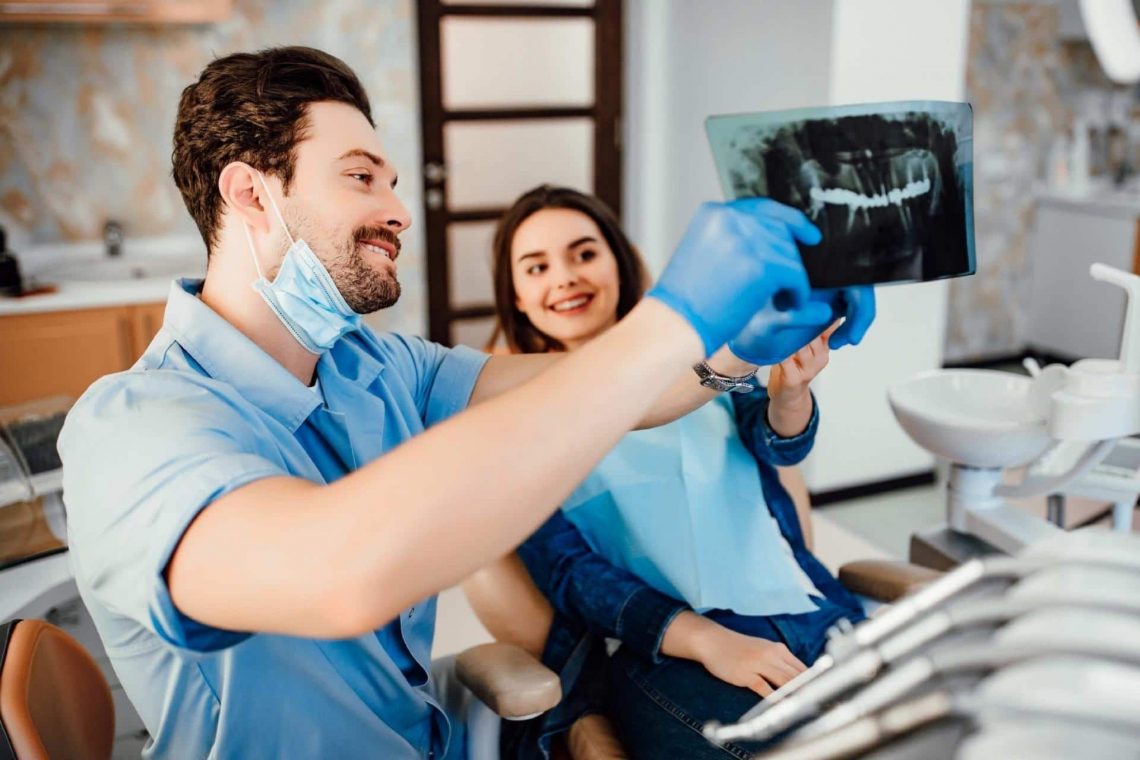Modern dentistry has many exciting technologies at its disposal. From cosmetic treatments to complex restorative work, great strides have been made in the tools used to bring the best results to life for patients. Below are some of the most exciting dental technologies developed over the past decade or so.
Intra-Oral Digital Scanners
Most dental restorations, such as crowns, veneers, bridges, and dentures, require the use of impressions to create an accurate model of the mouth to work on.
This process is a bit unpleasant — not dangerous or harmful, but a mouth full of impression material is not high on many patients’ list of enjoyable activities. There can also be problems with the impressions, requiring them to be taken again. In worst-case scenarios, inaccurate impressions can lead to inaccurate restorations.
Intra-oral digital scanners allow dentists to record precise, 3D models of the patient’s mouth to automatically send to a lab. The process is much more comfortable than traditional impressions, takes less time, and creates a more accurate result. The lab can just 3D print a model of your teeth based on the scans and start working on the prosthetic right away.
Invisalign
Invisalign has changed the face of orthodontics drastically over the last decade or so — literally. Replacing traditional wire and bracket braces with clear plastic aligners, Invisalign allows patients to fix their bite without the unsightly appearance of braces.
Invisalign also makes great use of digital scanning and planning technologies. Once the patient’s mouth has been scanned into the computer, the entire course of treatment can be simulated for the patient to see. From the first day of treatment to the last, patients and dentists can preview how teeth will move into shape over time.
This allows the dentist or orthodontist to make subtle changes before treatment ever begins, assisting the computer to find the most convenient path. This plan can then also be updated throughout the treatment, as subtle unexpected changes may occur.
For patients, however, the most exciting thing is being able to get orthodontic care without it being very obvious. The clear plastic aligners are very difficult to notice. Better still, they’re user-removable. There are no special dietary considerations or cleaning instructions — just take the aligners out to eat and clean your teeth.
Aligners are replaced every two weeks or so, to push your teeth further along the path to a straighter, healthier smile.
Digital X-Rays
This is one of the oldest technologies on the list, but no less exciting. Digital x-rays provide a host of benefits over traditional x-ray technology, including:
- Faster image development time. No film processing is needed — it’s available for review immediately like any other digital photo.
- Higher resolution than x-ray film for better diagnostics.
- Less radiation than a traditional x-ray.
- No harmful chemicals are needed to process the image, so less impact on the environment.
All-On-4 Implants
Dental implants are fairly common knowledge these days — titanium screws that replace missing tooth roots to help replace or restore missing teeth. But did you know about All-on-4?
All-on-4 is a system where you can replace an entire arch of teeth with a denture, supported on just 4 dental implants. With careful digital planning, four implants can be placed for maximum support and stability for a denture.
This allows patients with all teeth missing to have greater self-confidence and quality of life than with traditional dentures. The dentures won’t fall out, they can chew more foods, and they won’t irritate the gums like traditional dentures.
3D Smile Design
Digital Smile Designer technology is an exciting new way to plan out your cosmetic or restorative dental treatment with incredible accuracy and precision. You’ll get an incredibly detailed view of what your final result will look like long before the dentist even starts the first step.
A series of photos are taken of the inside and outside of the mouth. Intra-oral digital scans of the upper and lower teeth are also taken. Particularly exciting for this technique, video is also employed. Dynamic video is recorded of the patient pulling various expressions so the dentist can see how the lips, cheeks, and mouth move and interact with each other and the teeth.
All of this information is then used to create a mockup of the proposed final result. This is a simple 3D print of the final look that simply sits over the patient’s teeth, with no tooth preparation required. Patients and dentists can then examine the proposed final result in real-world lighting, angles, and positions to truly assess whether they’re on the right track.
The Dentist Factor
Advances in dental technology and techniques are important because they improve the efficiency and outcomes for patients looking to improve their smiles. Equally, the “dentist factor” is crucial to ensure patients are diagnosed correctly and offered suitable options. Therefore, it’s important to choose a dentist who can provide qualified dental advice for your situation. At Enamel Dental Studio, you can be confident in our dental expertise as our team of dentists are highly trained and continually improve their knowledge and skills through further training and research.
If you’d like to discuss your needs or anything about this article, feel free to book an appointment by calling (07) 3841 6641 or emailing [email protected].

